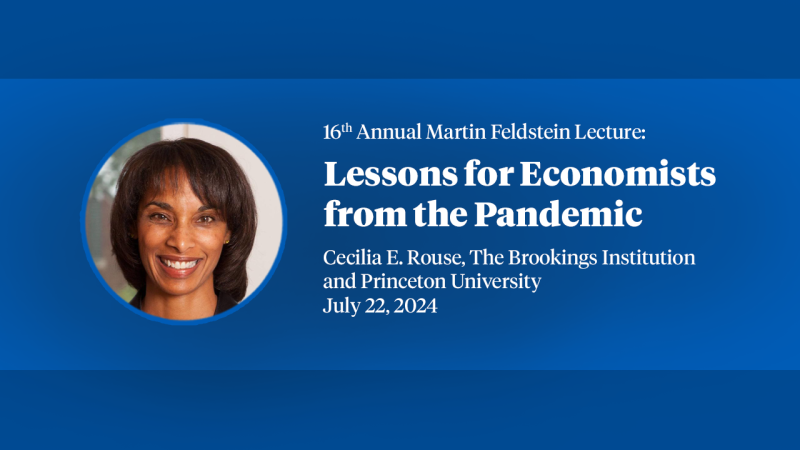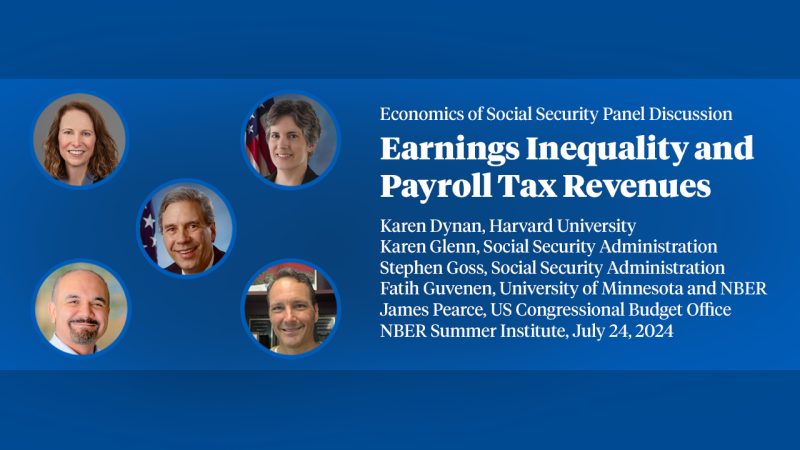Healthy Life Expectancy: Estimates and Implications for Retirement Age Policy
The simultaneous growth in longevity and mounting budget deficits in the U.S. have increased interest in raising the age of eligibility for public health and retirement benefits. The consequences of this policy depend on the health of the near elderly, and on the distribution of health by demographic group. We first describe healthy life expectancy at age 62 by sex, race, and education. Healthy life expectancy varies widely within and across gender and race groups, with the best-off groups enjoying nearly 4 more years of healthy life than less well-off groups. We then simulate the capacity to work of near elderly individuals (62-64 year-olds) based on the work, disability, and retirement status of 57-61 year-olds reporting the same level of health. Our estimates indicate that work capacity is substantial. The health status of 62-64 year-olds suggests their labor force participation could rise by over 15 percentage points without access to early Social Security retirement benefits, while disability rates would increase modestly, by 3 percentage points. Still, less advantaged groups such as those without any college education, would experience a rise in disability rates that is twice as large, indicating the uneven burden of changes in the age of eligibility.


